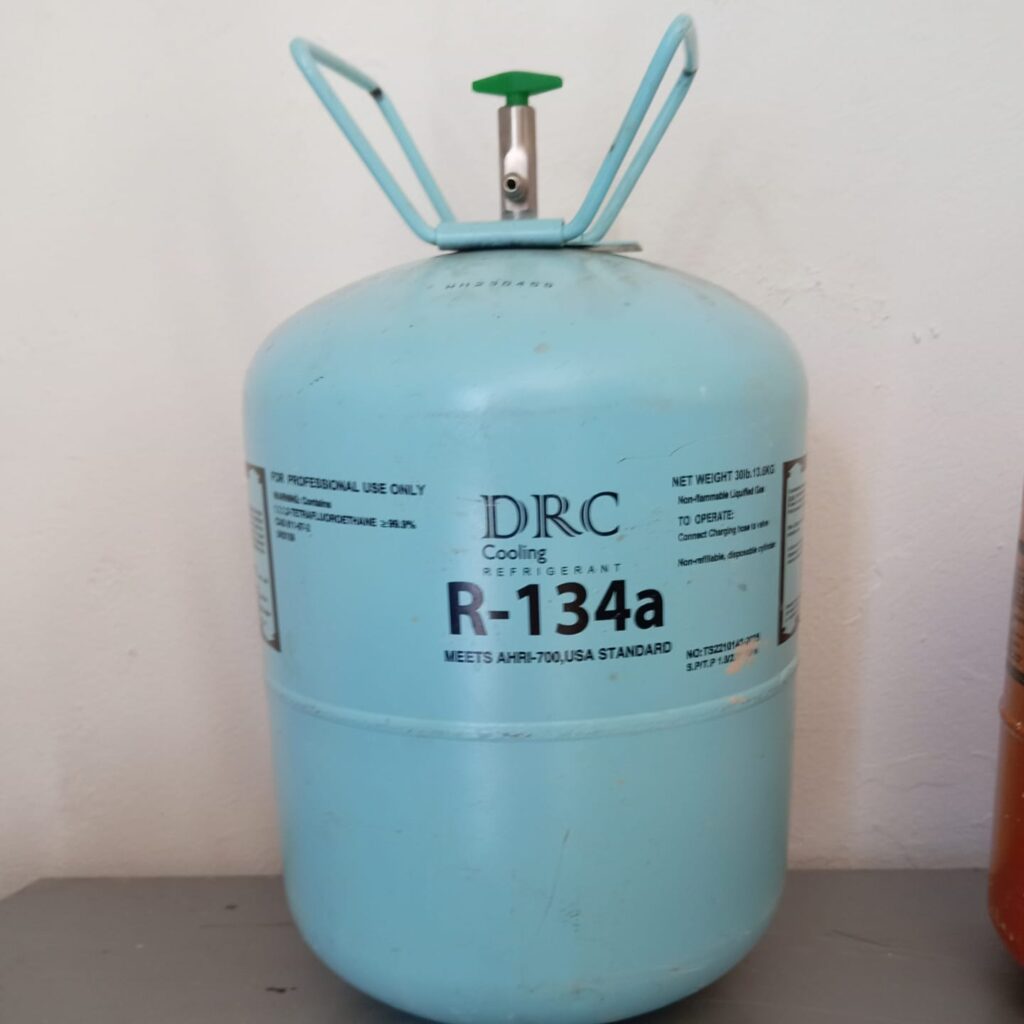
Hello and welcome! My name is Hirafi1, and I’m a refrigeration and air conditioning technician with years of hands-on experience. In this blog, I share real-world knowledge, practical repair tips, and honest comparisons based on what I encounter in the field every day. If you’re here to learn or make better choices about your cooling appliances, you’re in the right place.
In today’s article, we’ll compare two popular refrigerants: R134a and R600a. Both are commonly used in household refrigerators, but each has its own advantages, disadvantages, and environmental impact. If you’re wondering which one is better for your fridge or repair job, read on.
What is a Refrigerant?
A refrigerant is a chemical compound used in refrigerators and air conditioners to absorb and release heat. It flows through the cooling system in cycles, helping maintain low temperatures inside the appliance. Choosing the right refrigerant affects efficiency, performance, safety, and environmental impact.
Overview of R134a
Chemical Name: Tetrafluoroethane (C2H2F4)
Type: HFC (Hydrofluorocarbon)
Flammability: Non-flammable
Common Use: Used in refrigerators, car AC systems, and some commercial appliances.
Advantages:
Widely available and easy to refill
Stable and non-flammable, making it safer to handle
Compatible with most older refrigerator compressors
Disadvantages:
High Global Warming Potential (GWP)
Less energy-efficient compared to newer refrigerants
Being phased out in many regions due to environmental concerns
Overview of R600a
Chemical Name: Isobutane (C4H10)
Type: Hydrocarbon
Flammability: Highly flammable
Common Use: Modern domestic refrigerators and freezers
Advantages:
Excellent energy efficiency – consumes less electricity
Lower GWP – more eco-friendly
Operates at lower pressure, reducing compressor strain
Disadvantages:
Flammable – requires careful handling and proper ventilation
Needs special equipment for safe charging and recovery
Not suitable for older compressors designed for R134a
Performance Comparison
Feature R134a R600a
Cooling Efficiency Moderate High
Energy Consumption Higher Lower
GWP (Environmental) High Low
Flammability Non-flammable Flammable
System Compatibility Older systems Newer systems
Operating Pressure Higher Lower
In real-world use, R600a is often found in newer, energy-efficient refrigerators due to its lower power consumption. However, R134a still appears in older models and is easier to find in many markets.
Environmental Impact
As the world moves toward sustainable solutions, refrigerants with low Global Warming Potential (GWP) are favored. R600a has a GWP of around 3, while R134a has a GWP of over 1,400. This makes R600a a much better choice from an environmental perspective.
Additionally, R600a has zero ozone depletion potential (ODP), making it more eco-friendly overall.
Safety Considerations
Because R600a is flammable, safety precautions are essential:
Never smoke or use open flames when servicing units with R600a
Use leak detectors designed for hydrocarbons
Ensure proper ventilation during servicing
On the other hand, R134a is non-flammable, which makes it easier and safer for beginners or general use, but it’s worse for the planet.
Cost and Availability
In many regions:
R134a is still easier to find and slightly cheaper
R600a might be limited to newer appliances and specialized repair shops
However, due to regulations, the price of R134a is gradually increasing, and availability may decrease in the future.
Can You Switch from R134a to R600a?
Generally, no. These refrigerants are not interchangeable without major system changes:
Different compressor types
Different oil (R600a uses mineral oil)
Pressure ratings and components are not the same
Attempting to switch without proper modifications is dangerous and not recommended.
Conclusion: Which One is Better?
There’s no one-size-fits-all answer, but here’s a summary:
Choose R600a if you want high energy efficiency, care about the environment, and are using a modern fridge designed for it.
Stick with R134a if you’re servicing an older appliance, prefer easier handling, and have no immediate upgrade plans.
From a technician’s point of view, I see more and more manufacturers moving to R600a. It’s where the industry is going, despite the flammability challenge.
Thanks for reading! I hope this comparison helped clarify the differences. Stay tuned for more tips, reviews, and repair guides from the field!
